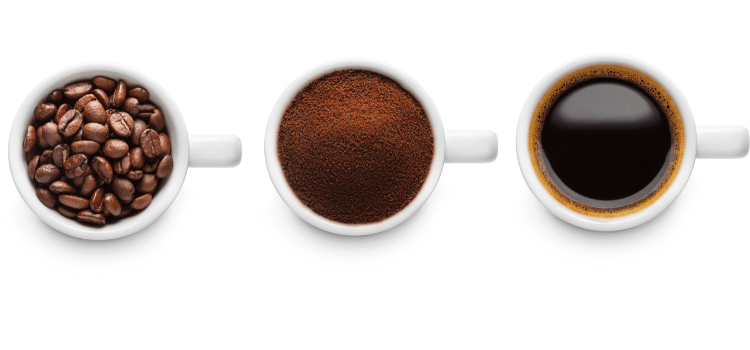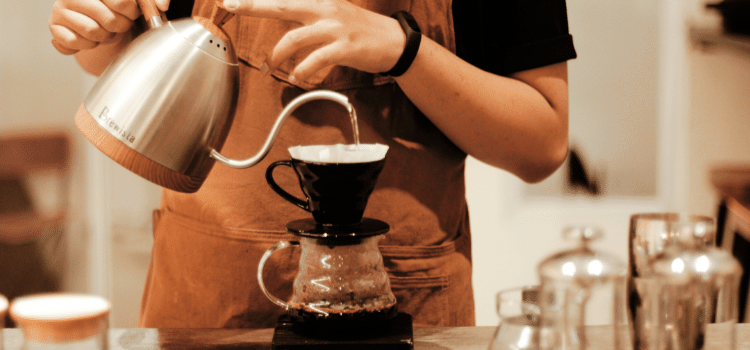Comparing Light Roast and Dark Roast Coffee: Which One Should You Choose?
What Amount of Caffeine Does Your Favorite Dark Roast Coffee Contain?
Every coffee enthusiast understands that the world of coffee is quite diverse. If you’ve ever pondered over the caffeine content in a cup of coffee, you’re in good company. However, the answer to this frequently asked question isn’t straightforward, as coffee’s caffeine levels vary based on the roast type.
Consider yourself a coffee aficionado? Let’s delve into a comparison between light roast and dark roast coffee to put your expertise to the test. In the following sections, we’ll delve into the caffeine content of each roast and embark on a flavorful comparison.
Which Packs a Bigger Punch: Light or Dark Roast Coffee?
The intensity of coffee roasts is frequently conflated with caffeine content, although they are distinct factors. In terms of strength, a light roast coffee presents a subtle flavor profile and exhibits a lighter hue. This roast is generally recognized for its milder taste when contrasted with dark roast. Sometimes referred to as a “breakfast blend,” light roast coffee delivers a gentle and delicate flavor.
Conversely, dark roast coffee boasts a more powerful and robust flavor. Due to the extended roasting process, dark roast beans yield a coffee with a bold character. Coffee enthusiasts who relish a deep, intense taste often favor dark roast coffee over its lighter counterpart.
Caffeine Levels in Light Roast vs. Dark Roast Coffee
In the end, your preference for the taste of light or dark roast is a matter of personal choice. However, it’s crucial not to be misled by the names of these coffee roasts. A bold and rich-tasting dark roast coffee doesn’t necessarily equate to higher caffeine content. In fact, light roast coffee often packs more caffeine than its darker counterparts.
The extended roasting process for dark roast beans can lead to some caffeine loss. Consequently, dark roasts generally contain less caffeine per serving than their lighter counterparts due to the higher temperatures involved. Nonetheless, it’s worth noting that this caffeine content can fluctuate from cup to cup, depending on the quantity or weight of coffee beans used in the roast.

Which is sweeter: light or dark roast?
Many coffee enthusiasts tend to agree that light roast coffee generally exhibits a slightly sweeter flavor compared to dark roast coffee, although personal preferences may vary. The sweetness of light roast coffee can be attributed to the presence of natural sugars in the beans and the shorter roasting duration. Consequently, light roast coffee delivers a more vibrant, delicate, and acidic taste profile.
On the other hand, dark roast coffee undergoes a lengthier roasting process, which results in the caramelization of the beans. This process can diminish some of the inherent sweetness in the beans, yielding a final brew that is darker, more robust, and has a touch of bitterness.
It’s worth noting that factors such as the type of coffee beans used, the brewing method employed, and the quantity of beans used can also influence the sweetness of a coffee roast. Many cold coffee preparations, such as iced coffee or cold brew, may exhibit a stronger and somewhat more bitter taste.Does light roast taste better?
Which coffee roast tastes better is up to personal taste preferences. Of course, how you choose to take your coffee (cream, sugar, etc.) will also impact its taste and enjoyability. Although light roast contains slightly more caffeine than roast coffee, the difference is negligible. Some coffee drinkers have a strong preference for roast, while others enjoy both coffee roasts.
Medium roast coffee is an excellent option for coffee drinkers who find light roast too light, yet dark roast too bitter. This coffee roast will be slightly lighter in color than a dark roast yet darker in appearance than light roast coffee. The flavor of a medium roast coffee blend is smooth and well-rounded, making it a classic favorite among all coffee lovers.
Due to the versatility of medium-roast coffee, it is often used for methods beyond traditional drip (hot) coffee. Medium roast coffee blends can be used in pour-over methods and for cold coffee beverages.
Picture
Comparing the Health Benefits of Light and Dark
Neither light roast coffee nor dark roast holds a distinct advantage in terms of health benefits. Both types of coffee provide overall health advantages that are applicable to coffee in general. When consumed in moderation, coffee can potentially contribute to a longer lifespan, heightened energy levels, and even a reduced risk of specific chronic conditions, such as heart disease.
If you’re aiming to harness the health benefits associated with caffeine, you might lean towards light roast coffee, given its slightly higher caffeine content. However, for individuals with medical conditions that advise against excessive caffeine intake, opting for a dark roast or a decaffeinated blend is likely the better choice.
Discovering Your Ideal Coffee Blend
Choosing between light-roast and dark-roast coffee ultimately hinges on your personal taste. If you favor a bit more caffeine and a brighter, lighter flavor, go for light roast coffee. Conversely, if you’re drawn to a robust, bold taste, dark roast may be your preferred choice.

